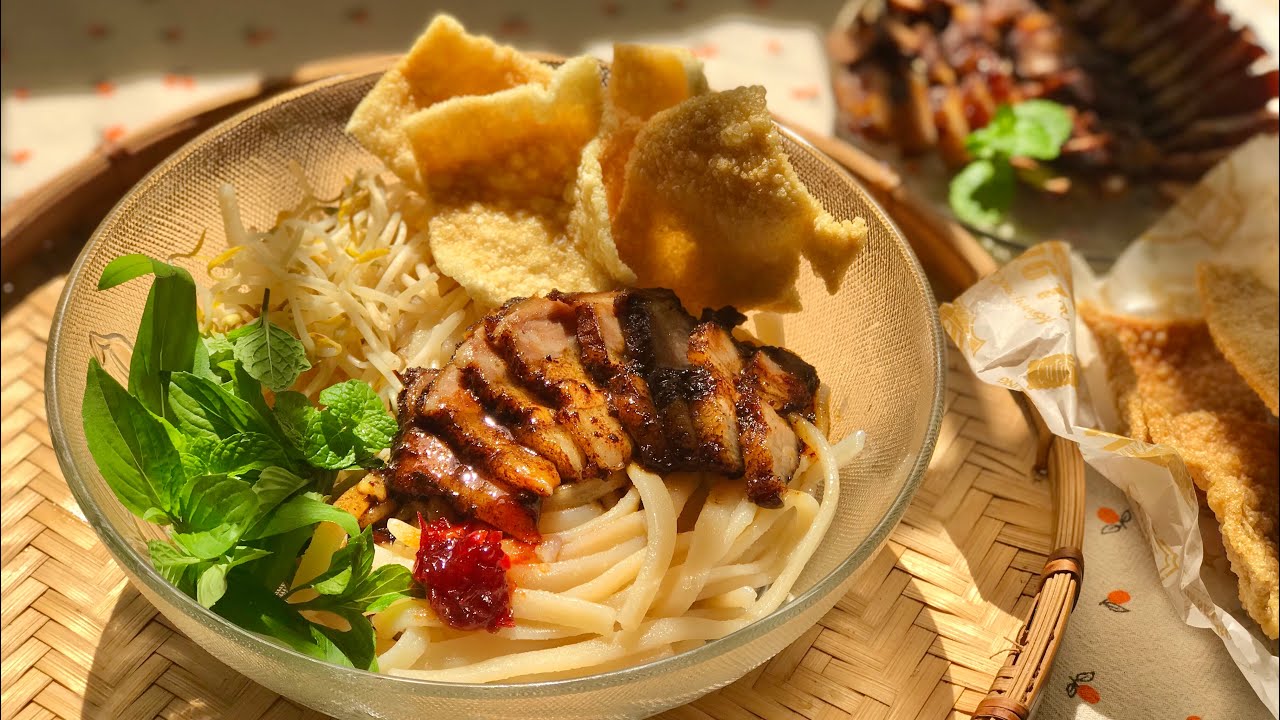Cao Lầu
Cao Lầu is one of the most iconic and culturally rich dishes of Hội An, a charming ancient town located in central Vietnam. This specialty is not just a culinary experience—it is a symbol of Hội An’s historical fusion of Vietnamese, Chinese, and Japanese influences.

Origins and Cultural Significance
Cao Lầu is believed to have been introduced to Hội An during the 17th century, when the town was a bustling trading port. The name "Cao Lầu" roughly translates to "high floor," which some historians suggest refers to the wealthy merchants who would eat the dish from the upper floors of their shop-houses, away from the busy street level.
The dish is unique to Hội An because of its local ingredients and specific preparation techniques, some of which cannot be authentically replicated outside the town. In fact, traditional Cao Lầu noodles are said to require water drawn from an ancient Cham well—Ba Le well—and lye made from ash of special trees from nearby Cham Island. These elements give the noodles their signature texture and color.
Key Ingredients and Preparation
Cao Lầu is a dry noodle dish, meaning it is served with only a small amount of broth, just enough to moisten and flavor the noodles. It is typically made up of the following components:
-
Noodles: Thick, chewy noodles made from rice soaked in lye water. Their unique texture is somewhere between Japanese udon and Italian al dente pasta.
-
Char siu-style pork: Marinated and roasted slices of pork that are savory, slightly sweet, and deeply flavorful. While inspired by Chinese char siu, the seasoning is distinctly Vietnamese.
-
Herbs and vegetables: A generous bed of fresh local greens—lettuce, mint, Thai basil, bean sprouts—adds balance and brightness to the dish.
-
Crispy rice crackers or croutons: These are often made from the same rice dough as the noodles and are deep-fried until golden and crunchy.
-
Broth: A concentrated pork-based sauce or broth is ladled over the bottom to provide umami richness.
-
Optional toppings: Pickled vegetables or lime wedges may be offered on the side for added flavor contrast.


Why Cao Lầu Is Unique
What makes Cao Lầu truly special is that it can only be found in Hội An in its most authentic form. The combination of ingredients, historical methods, and regional water source makes this dish nearly impossible to duplicate elsewhere. Even restaurants in other parts of Vietnam often struggle to recreate its authenticity.
Additionally, Cao Lầu reflects the fusion of different cultural culinary traditions—from the texture of the noodles (reminiscent of Japanese soba or Chinese lamian) to the pork marinade and the layering of herbs, it is a true hybrid born from Hội An's historical status as a melting pot.
How to Enjoy It
Cao Lầu is best enjoyed at small local eateries or street vendors in Hội An’s Old Town. It is often eaten as a midday meal or a light dinner. The balance of chewy noodles, savory pork, fresh herbs, and crispy toppings creates a rich sensory experience that leaves a lasting impression.

Conclusion
Cao Lầu is more than just a dish—it’s a story of Hội An’s heritage, preserved through generations. Every bite carries with it the essence of the town’s culture, history, and pride. For visitors to Hội An, trying Cao Lầu is an essential part of understanding the soul of this ancient town.

